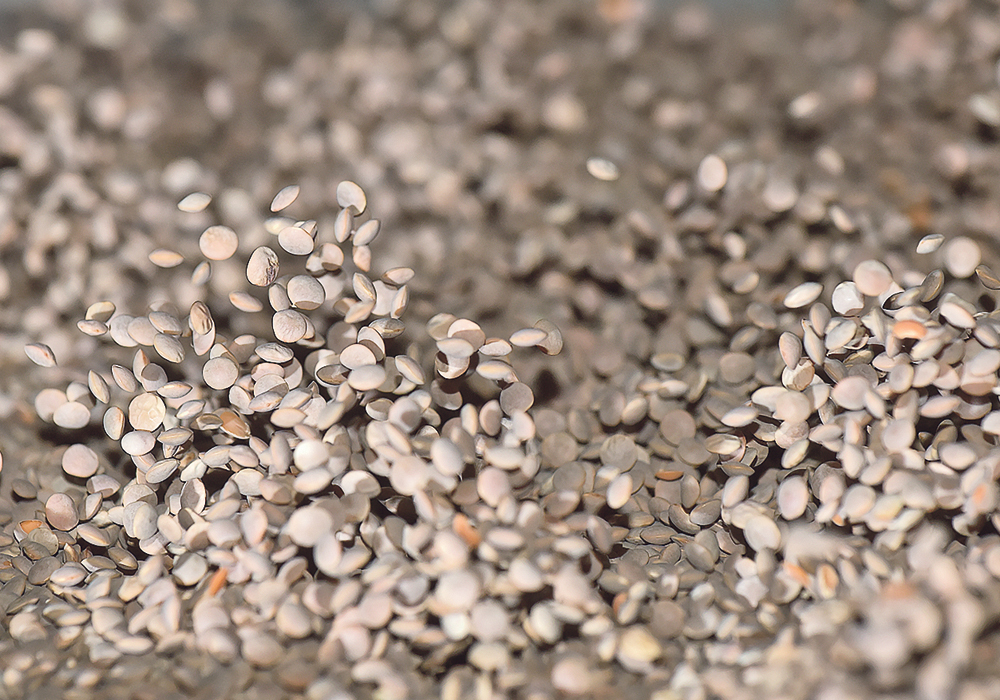Prices climb in Turkey despite high government production estimates, which would explain brisk exports to that country
Turkey is driving the red lentil market this year, says a market analyst.
The Turkish Statistical Institute reports 310,000 tonnes of red lentil production in that country, which is identical to the previous year.
But that doesn’t make sense considering prices in Mersin, Turkey, have been climbing steadily since summer and recently took a big jump.
“Clearly, clearly, clearly there are considerably tighter supplies in Turkey than what those government production numbers are showing,” said analyst Chuck Penner with LeftField Commodity Research.
One of the country’s largest processors estimates farmers harvested about 160,000 tonnes of red lentils.
Read Also

Critical growing season is ahead for soybeans
What the weather turns out to be in the United States is going to have a significant impact on Canadian producers’ prices
That would explain why Canadian exports to Turkey have been brisk.
“I would suggest that the strength that we’ve seen in red lentil pricing lately has been driven more by Turkey than it has by India,” Penner told farmers attending his CropSphere presentation.
The other thing working in Canada’s favour are reports of a poor crop in Kazakhstan. Penner has one source reporting 75,000 tonnes of production in that country, down from 250,000 tonnes the previous year.
Kazakhstan has been a major competitor to Canada into Turkey.
Lentil sales have also been strong to India, despite a punitive 33 percent import tariff into that county. In fact, sales have been matching a record pace.
Vivek Agrawal, director of JVL Agro, an Indian commodity brokerage firm, said Indian red lentil production is expected to be short this year.
“The shortfall is expected to be covered through imports from Canada and Australia,” he said in an email.
“On the other hand, reliable sources indicate a bumper crop in chickpeas and pigeon peas.”
Penner is expecting tight Canadian lentil stocks and rising prices into spring.
Yellow pea and green pea prices have also been moving higher. That is due in part to smaller Black Sea production of about 2.9 million tonnes, down from about 3.3 million tonnes the previous year.
India has imported about 600,000 tonnes of Canadian peas in 2019-20 despite a 50 percent import tariff and 150,000 tonne quota. But new, stricter restrictions will eliminate all trade for the rest of the year.
Exports to China are on a record pace. Many analyst thought they would fall off considerably with China importing more U.S. soybeans, limiting the amount of peas going into China’s feed sector.
But it appears that the country’s fractionation industry is picking up any slack in the feed pea demand.
Penner is forecasting a slight increase in overall pea exports in 2019-20 over the previous year as countries like Bangladesh and Nepal step up their purchases.
“Our ending stocks for yellow peas and green peas is going to be quite low again this year,” he said.
That is why growers are seeing $12 per bushel green pea bids and $7 yellow pea bids. That could improve if some of the announced Canadian pea processing plants get up and running before the end of the crop year.


















